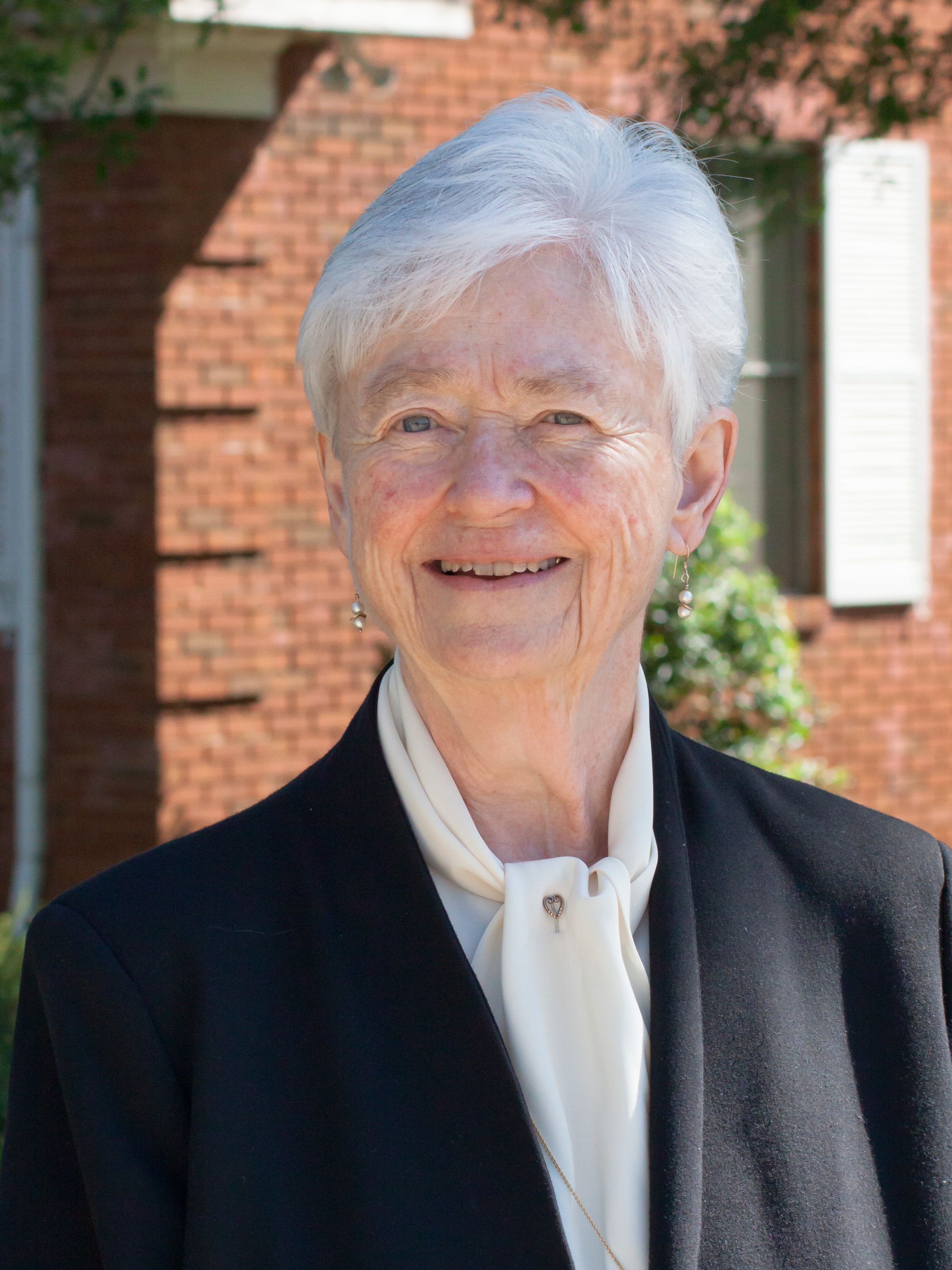spacer
Meet Lois MacGillivray, SNJM

“The Sisters of the Holy Names stood out. They were always their own unique selves—funny, wise, and full of faith.”
I attended six other schools before I started high school at Ramona Convent Secondary School—that’s where I met the Sisters of the Holy Names of Jesus and Mary. Attending Ramona was especially good for me. I had moved so often as a child that my friendships were often disrupted. But, as a freshman at Ramona, I was just like everyone else—we were all new and starting on the same footing.
I received a wonderful education at Ramona—and learned lessons that prepared me for a life of scholarship. Literature and history were my favorite subjects. My 3rd year literature teacher, Sr. John Vianney, taught me how to conduct research, and made it very clear that I was expected to take literature seriously. Sr. Bernard Mary, my 4th year literature teacher, was my favorite. Later, in college and graduate school, I gained a true appreciation of how well my SNJM teachers had prepared me for the future.
Of course, my teachers at Ramona gave me more than lessons—they gave me the gift of themselves. In an era of ‘cookie-cutter’ Sisters, the Sisters of the Holy Names stood out. They were always their unique selves—funny, wise, and full of faith. Even back then when relationships were so structured, Holy Names Sisters were their own human, beautiful selves—that’s what made them so attractive to me and other students. They knew how to be totally present to their students, so that even when they wore habits they seemed approachable.
One day when I was a freshman doing my homework, it came to me that God was calling me to be a Sister. I thought about other communities, but the Holy Names Sisters were the ones that I knew and admired. And, since I knew they were great teachers—and that’s what I wanted to be—the SNJM community was a perfect fit for me. So, one step after another, I worked my way to my senior year, and asked if I could enter. I graduated in June and entered the community in July at Los Gatos.
In 1967, our Provincial Superior, Sr. William Marie, called me in to her office and told me that I was going to graduate school to prepare for a life of applied research. At the time, she and other members of the Conference of Major Superiors of Women (a forerunner of LCWR) were engaged in conversations about how secular social science publications were critical of religion as an obstacle to human development. Since not many Sisters were working in social science, I was intentionally prepared to contribute to the conversation.
My early work was for the National Science Foundation, studying the effectiveness of municipal services in U.S. cities during the “stagflation” of the 1970s. The research institute I worked for also initiated economic and social development projects and I helped to administer those in Africa. I returned to California to become president of Holy Names College (now University) in 1982 and co-led the educational development component of the University-Metropolitan Forum to improve the economic prospects of the City of Oakland.
Returning to applied research in 1991, I studied U.S. women in church leadership positions for LCWR, assessed a statewide leadership development program for promising young North Carolina professionals, and evaluated of the outcomes of a national, federally-funded employment development program for youth offenders or youth at risk of court supervision. In the last five years, I have been a member of a research team assessing the effectiveness of programs to prepare children from birth to five for school, preparing schools to be ready for children who are fragile learners, supporting horizontal philanthropy (the ways that poor communities take care of each other), reducing childhood obesity and reducing recidivism among NC juvenile offenders.
Much has changed since I entered the community. For one thing—many religious men and women major in the social sciences these days. In addition, the more relaxed, less formal manner that initially attracted me to the Sisters of the Holy Names—has become more pronounced and acceptable. Now, it’s easier to see the Sisters’ personality and spirituality. You see it in when and where they choose to pray, and in their talking more openly about how their prayer is going, and how important that is to their lives. I think the change in formality has made people more at home with each other and with students. I’m very proud of the ministry work our Sisters do. They’ve always been thoughtful and prepared. They take their work seriously, but they don’t take themselves too seriously.
“We are surrounded by young people who are searching for ways to respond to God’s call.”
I think that the work and lives of the Sisters of the Holy Names offer a path for today’s youth—just as they did for me. There are many new forms of serving God and the Church. I pray about this, because I hear people say that young people aren’t generous, but I think it is really that they can’t see a path. People today are seeking a sense of meaning and certainty. They don’t know who they are and how they fit into things. They need to find their vocation wherever they are.
